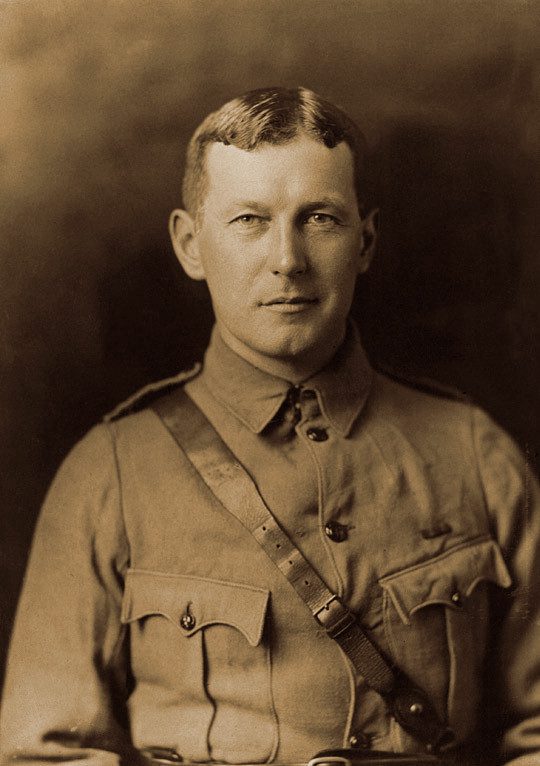The Poppy.

The majority of the fighting during WW1 took place on the Western Front. As a result of this, the bombing from both sides totally obliterated the landscape to a point where nothing grew. That being said, a small striking hardy flower shone through, the poppy. This created such a contrast to the surroundings as they grew in their thousands.
From this decimation, they were to become the symbol of remembrance and also the inspiration for the poem by Lieutenant Colonel John Macrae, a Canadian poet.

“In Flanders Fields“
In Flanders fields the poppies blow
Between the crosses, row on row,
That mark our place; and in the sky
The larks, still bravely singing, fly
Scarce heard amid the guns below.
We are the dead, short days ago
We lived, felt dawn, saw sunset glow,
Loved and were loved, and now we lie
In Flanders fields.
Take up our quarrel with the foe:
To you from failing hands we throw
The torch; be yours to hold it high.
If ye break faith with us who die
We shall not sleep, though poppies grow
In Flanders fields.
John McCrae

The poppy was adopted by the Royal British Legion in 1921 and they ordered over 8 million which were sold to be worn on Armistice Day, the 11th of November. In the main, they are worn by Commonwealth countries in the act of Remembrance although they are worn sometimes in the US.
The Royal British Legion poppy is a standard 4 piece construction of a stalk, a pistil, a leaf and 2 lobe petal. In Scotland however, their poppies have no leaf and also have a 4 lobe petal as apposed to the two lobes.
The wearing of a poppy is a personal choice and there is no correct way to wear it. In 2018 the Poppy Appeal raised over £50,000,000 and these funds were used in the Armed Forces communities.

